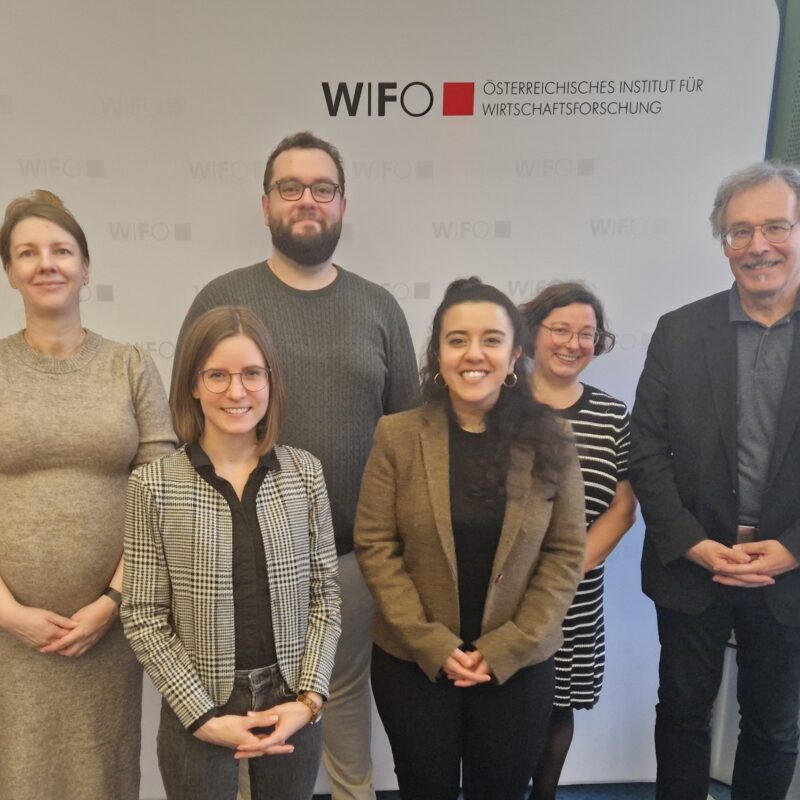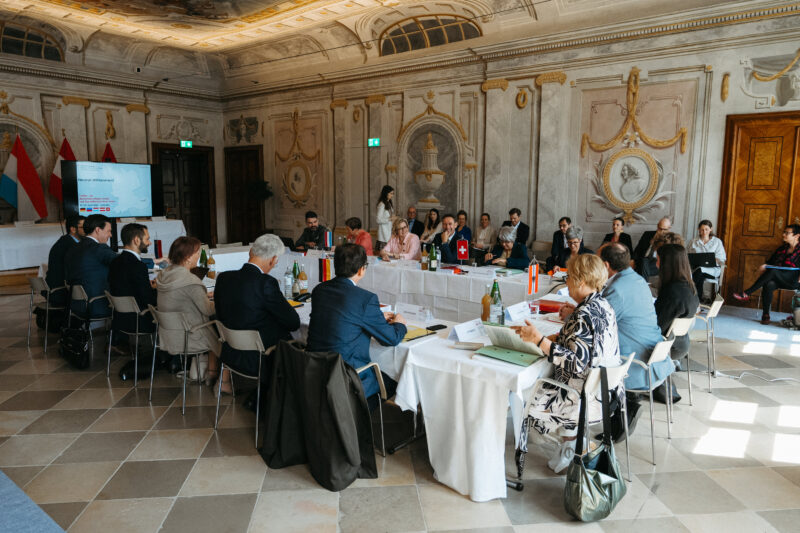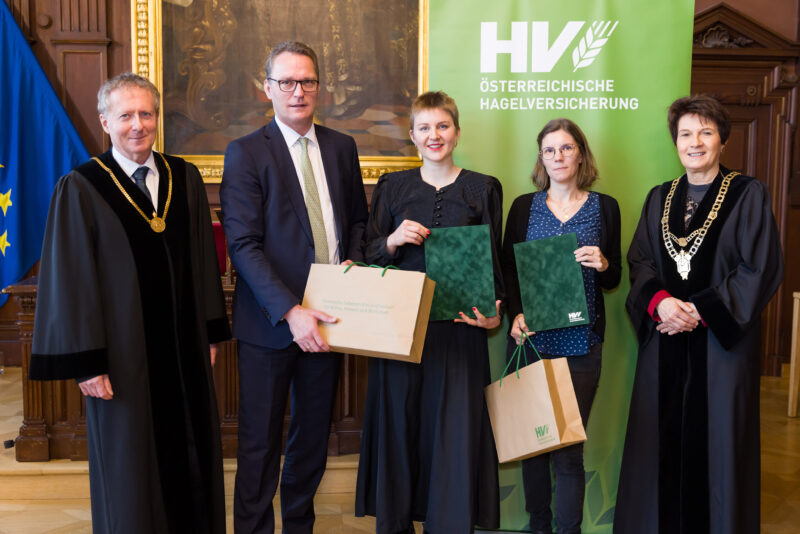
Public Procurement and Climate Goals
With an average procurement volume of 67 billion € or 18 percent of GDP in the years 2015 to 2020, the state (including outsourced public enterprises) is a key buyer in the Austrian economy. The efforts to green public procurement have already found expression in the corresponding procurement regulations and have recently been further strengthened. In addition to the fundamental obligation to take the "ecological dimension" into account in public procurement, there remains a great deal of leeway for the procuring agencies in the concrete implementation. Based on the greenhouse gas-intensive sectors of construction and IT, this study presents the concrete application of the EU catalogue of criteria for "Green Public Procurement".
To measure the carbon footprint of public procurement, the study combines microdata on public procurement with the input-output model ADAGIO on sectoral emission patterns. The extensive calculations in the study estimate that Austria's public demand causes around 19 million tons of CO2 per year worldwide, whereby only 5.6 million tons are generated in Austria due to the often international value chains. Direct emissions, i.e., those of the companies commissioned, also represent only about 32 percent or 1.8 million tons of the emissions in Austria – the majority of the emissions occur along the value chain in the preliminary products.
From a sectoral perspective, the construction industry and parts of the production of material goods stand out as central sources of emissions for public procurement. However, the sectoral procurement patterns in the sense of a "lever" for reducing greenhouse gas emissions vary significantly between the different state actors. While the federal government and the outsourced public enterprises account for the largest share of emissions, at around 25 percent each, the procurements of the federal provinces (14 percent), the local authorities (18 percent) and the social insurance institutions (18 percent) are also associated with substantial emissions.
Please contact

























